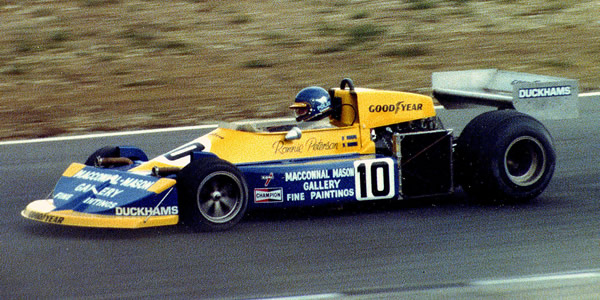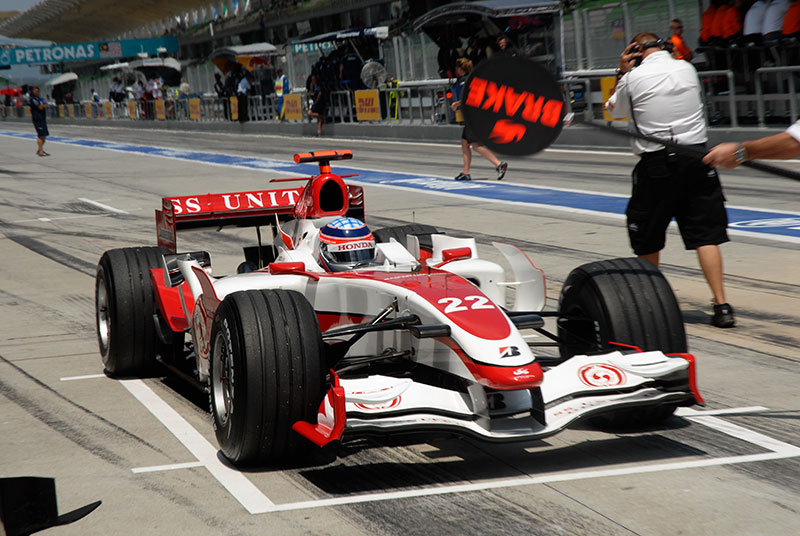The History of Fuji Speedway - the most picturesque circuit
The Origins of Fuji Speedway
Fuji Speedway is located in the foothills of Mount Fuji in Oyama, Japan. Construction on the circuit began in the early 1960s with plans to build a superspeedway inspired by American tracks like Daytona. The original blueprints called for a 2.5 mile oval with steep 30 degree banking on the turns.
However, funding ran short during construction and only one of the banked corners was fully completed. This left Fuji Speedway with one massively steep and dangerous high-banked turn paired with a winding road course section wrapping around the outside.
Fuji Hosts First F1 Japanese Grand Prix in 1976
The first Japanese Grand Prix was the 1976 season finale and the stakes couldn’t have been higher. Coming into the race, Niki Lauda held a slim 3 point lead over James Hunt in the championship fight. Torrential rain soaked the circuit, forcing Lauda to withdraw early citing unsafe conditions.
Meanwhile, Hunt battled through the downpour and ultimately finished third, clinching the 1976 Formula One title in dramatic fashion. Mario Andretti took the checkered flag for the race victory.

Tragedy Strikes in 1977 Japanese Grand Prix
James Hunt returned to Japan to defend his crown in 1977. He managed to win the Grand Prix, but the event was marred by tragedy. Gilles Villeneuve crashed his Ferrari, launching the car into a restricted area and killing a marshal and a bystander. The deadly incident would be Fuji Speedway’s last Formula One race for nearly 30 years. For Japan, such organizational problem was a huge stain on the honour, and a lot has been done in order to prevent such incidents in the future. Sadly, less than 40 years later, due to huge safety infringement, Jules Bianchi suffered an avoidable accident. During the 2014 Japanese Grand Prix at Suzuka Circuit, a vehicle was being recovered from the track, and a huge crane was stationed in front of the barriers. In rainy conditions, Bianchi lost control of his car and hit the crane. As a result, he died in 2015, 9 months after the accident.
Redesigns and Renovations for Safer Racing
In the following years, Fuji Speedway owners implemented a number of redesigns to help improve safety and allow for higher speeds:
-
- 1984 – Chicanes added to slow cars on long straightaways
-
- 1987 – Additional modifications to reduce straight line speeds
-
- 2003-2005 – Major renovations led by architect Hermann Tilke
Throughout the 70s, 80s, and 90s, Fuji Speedway hosted various national racing series and smaller events. But the dream remained to one day bring Formula One back to Mount Fuji.
Return to Formula One in 2000s
In 2000, Toyota purchased Fuji Speedway and soon began laying the groundwork to rejoin the Formula One calendar. The track underwent significant reprofiling, regaining its FIA Grade One certification in order to meet the standards for contemporary F1 racing.
The renovated circuit would get its chance when it was announced that Fuji would host the 2007 Japanese Grand Prix. Inclement weather once again plagued the event, with safety cars leading the pack in the early laps.

But the excitement soon picked up as Formula One witnessed an epic showdown between BMW’s Robert Kubica and Ferrari’s Felipe Massa battling for the race win. Massa ultimately prevailed, taking the checkered flag in front of thrilled Japanese fans.
Brief Revival and Future Outlook
Fuji Speedway hosted a second Formula One race the following year in 2008, won by Lewis Hamilton en route to the driver’s title. Logistical issues and declining attendance numbers led Formula One Management to resume the Japanese Grand Prix at Suzuka in 2009.
Fuji continues to host top level motorsports like Super GT and the FIA World Endurance Championship. The facility underwent further upgrades in 2022 with the Fuji Motorsports Forest project adding new visitor attractions.
While its time in the Formula One spotlight was brief in the 2000s, Fuji Speedway remains one of Japan’s premier racing venues. And with Toyota ownership and strong infrastructure, the dream of F1 racing at Mount Fuji may one day become reality again.

